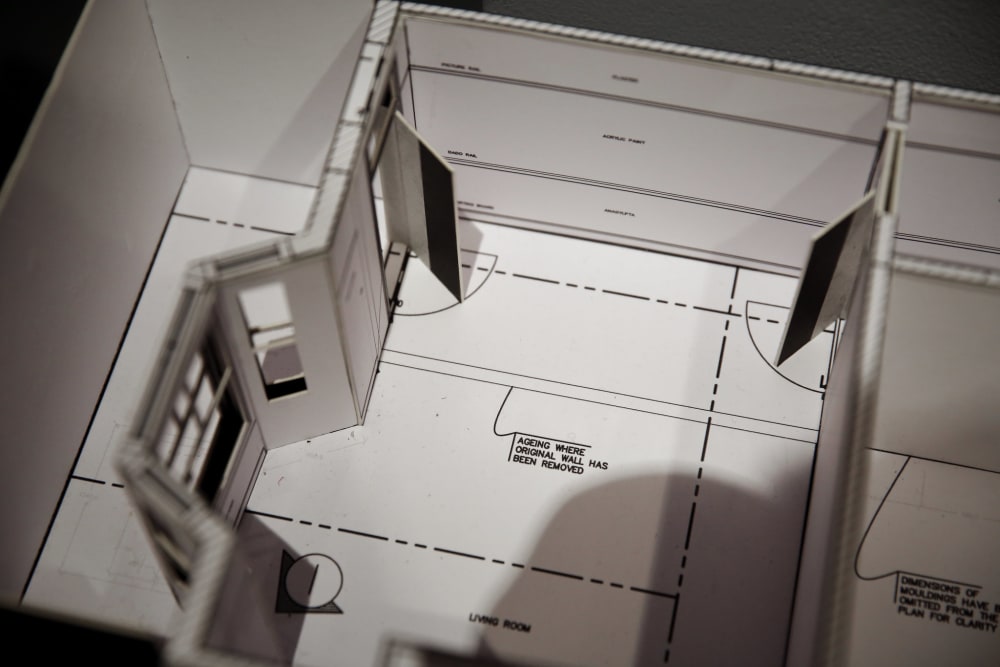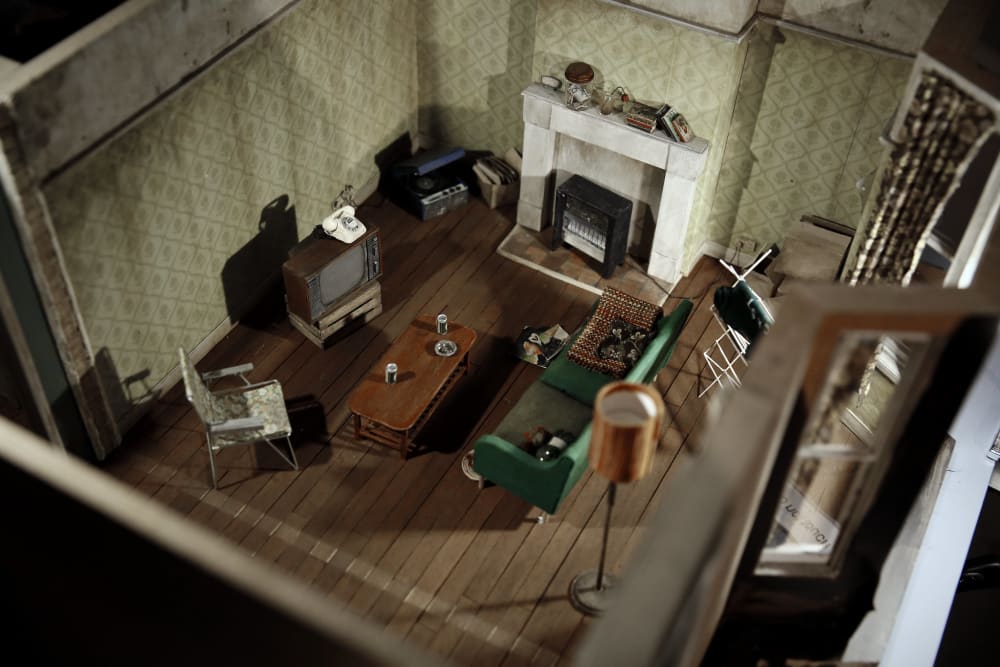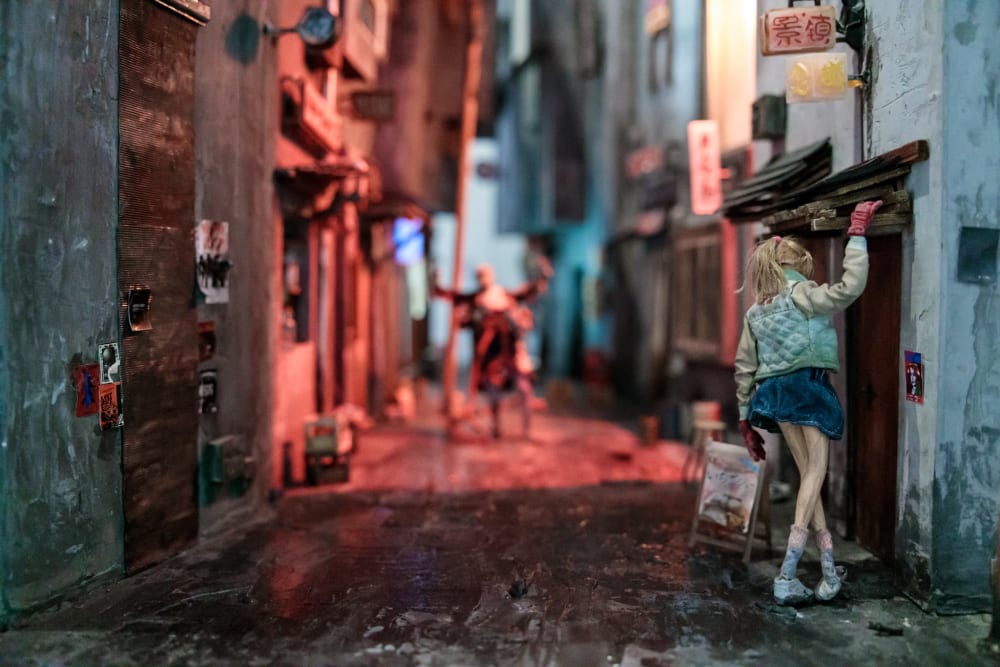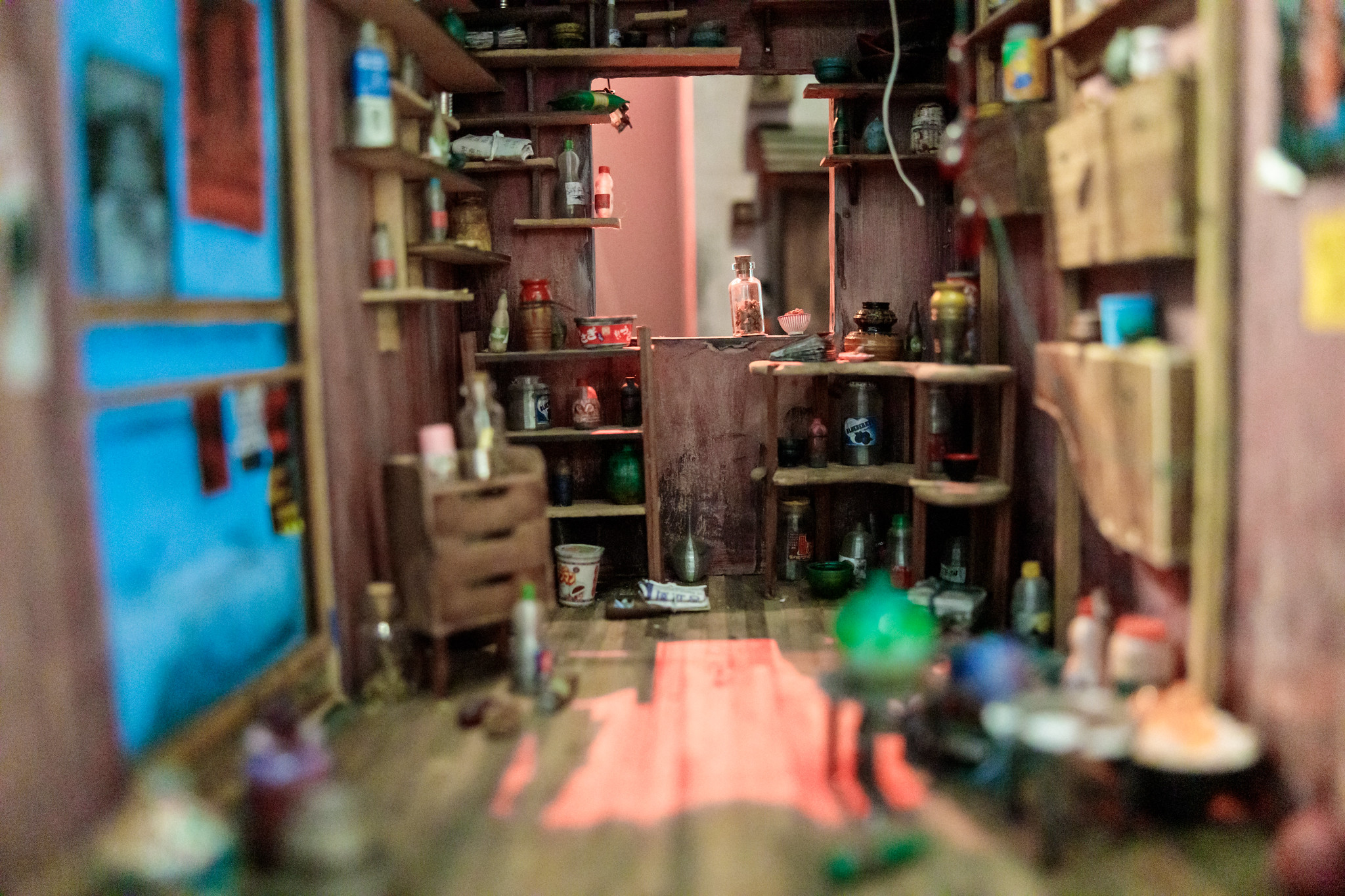As an animator with a wealth of experience, including working for Disney, Xbox and VR company End Dreams, Paul Frankin is well placed to take Wimbledon's BA Production Arts for Screen course forward. We caught up with Paul to discuss his career and the course.
What is production arts for screen?
In basic terms it’s anything that appears on the screen or any screen based medium. That could be environments, characters or cinematography for things such as tv, films, computer games, animation and so on.
What’s been your career journey?
I originally trained as a classical 2-D animator and have worked for Disney and several other 2D projects. I then moved over to digital animation and worked for Microsoft Games Studios for just over 10 years. After that I started my own company doing production design, and more recently I worked for a VR company called N-Dreams followed by 4 years as a senior lecturer in animation and V-effects at Lincoln university.
Some projects I worked a little on Tarzan, The Tiger Movie while at Disney. The Christmas Carol and even the Coco Pops advert. In terms of computer games, I’ve worked on the Fable franchise for Xbox and Xbox360 as well as Nickelodeon.
I grew up around a very theatrical industry, my grandfather was a stage manager, and when I left school I wanted to do something around that but always liked the art. At the time feature film animation was something that attracted me.

How did you get into teaching?
Moving into teaching has been a gradual progression. After running my company for a few years, I wanted to go back into industry and a job came up for a temporary lecturer at Lincoln University. My wife had been a teacher for a while and suggested I go for it and that I’d love it. I was a bit hesitant as I hadn’t done any teaching before, but once I started I realised I had a wealth of experience and knowledge I could offer. The students really wanted to learn and it was rewarding being able to help them. Teaching is now something I wouldn’t change for the world.
So how did you come to be at Wimbledon?
I came to Wimbledon due to my interest and respect for its' high-quality reputation within this sector. I saw the course and really liked the idea of doing something that was more production design based. It fitted in with what I was doing within my own company of pre-production work, story-boarding and cinematics - and I liked the idea of teaching that.

Can you tell us about the course?
At the start of their first year, students are introduced to all aspects of what we do – model making, technical drawing, some animation and various skills they’ll need to go through the rest of the course.
At the end of the first year they get to decide on which one of the 2 branches they’ll specialise in:
Technical arts - which is more model making and sculpting.
Set design - which is more production design and designing environments for screen.
This culminates in a third-year project where they have 3 research projects followed by a final project. Within this project they have a lot of autonomy in what they do. We are keen to encourage work that is for a screen-based medium and are introducing more digital content into this.
The course has a history of traditional content. However, people are more interested in learning about the CGI elements of this kind of work and there is definitely a lot more of that which will be injected into the course.
There is going to be a push to creating more of the sculpting content that we do within a CG environment. This is because there are still some elements that need to be built physically and we also don’t want to get away from the arts school. In this manner, we’ll stay true to our roots but remain industry relevant. Making sure we teach and work with different software that are used in industry gives our students maximum value from the course.

What other projects might students be able to work on?
Our second year students got to do some work with the Horniman Museum in London. They took aspects of the museums displays and built a project around that. We also work across UAL colleges, and work with London College of Communication, who have a film making school. There are Wimbledon cross course collaborations. We’ve had a long-standing relationship with Merlin Entertainment and Madame Tussauds. There is also some work with the Lord Mayor’s parade on New Year’s Day.
What advice would you give students considering this course?
What we really want to see is genuine interest and passion. Ideally, we’d like to see some figurative work, life drawings, any sculpture work, computer generated, perspective work would all be great to show us. However, we don’t expect a formal portfolio. We’re more interested in seeing that you are able to look at real-world objects and translate those. It’s important to show that you have some discipline within the work you’re doing. Imaginative work is important, but don’t make that the sole basis of your portfolio.
Find out more about Wimbledon BA Production Arts for Screen.

